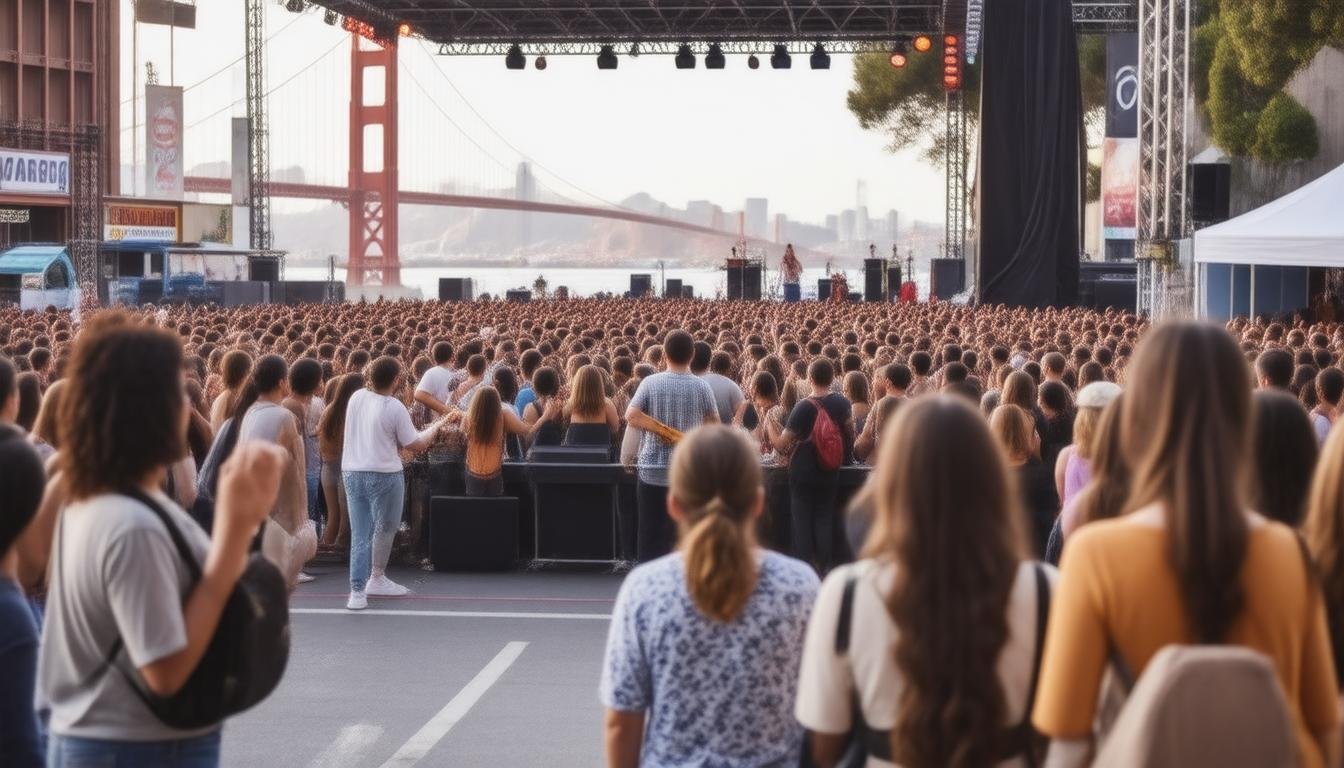San Francisco has long been known as a cultural hub, drawing music lovers from all over the world to its vibrant live concert scene.
While free concerts seem like a great way to promote community engagement and provide entertainment without financial barriers, a closerlook reveals potential economic implications that may not serve the city’s long-term interests.
In this article, we will explore why San Francisco should reconsider its funding for free concerts, particularly focusing on the economic factors and the impact on local artists and venues.
Key Takeaways
- Funding free concerts can strain the city’s budget and divert resources from other essential services.
- Local artists and venues may suffer as free concerts can diminish ticket sales and live performance opportunities.
- Reassessing the funding of free concerts could lead to a more sustainable and equitable music scene in San Francisco.
The Economic Implications of Funding Free Concerts
The economic implications of funding free concerts can be both profound and multifaceted, particularly in vibrant cultural hubs like San Francisco.
On one hand, free concerts can enhance a city’s cultural landscape, attract tourists, and stimulate local businesses by drawing large crowds.
Event attendees often spend money on food, transportation, and souvenirs, contributing to the local economy.
However, as argued in discussions relevant to the recent article from SFGATE, there is also a pressing concern about the financial sustainability of such endeavors.
Critics contend that funding free concerts diverts essential resources from other public services and investments in community infrastructure.
Moreover, reliance on taxpayer funding raises questions about equity, ensuring that all citizens have access to cultural benefits without compromising essential city functions.
As we assess the true cost of free concerts, it becomes crucial to strike a balance between cultural enrichment and fiscal responsibility, ensuring that both residents and tourists can enjoy music while supporting a thriving economy.
The Impact on Local Artists and Venues
The impact of live concerts extends far beyond the entertainment they provide; they serve as a vibrant lifeblood for local artists and venues.
With the resurgence of live music post-pandemic, many emerging artists are finding platforms to showcase their talents, enabling them to connect with audiences in meaningful ways.
Concerts not only allow artists to generate income through ticket sales and merchandise but also foster a community that rallies around local music.
Furthermore, venues benefit tremendously from increased foot traffic and the publicity that comes with hosting live events.
These gatherings create a symbiotic relationship where local economies thrive on the influx of concertgoers, who dine at nearby restaurants and shop at local stores.
However, as discussions arise around the allocation of public funds for free concerts, it is crucial to evaluate how this practice influences both established and up-and-coming musicians.
Sustainable support for local music should prioritize developing long-term strategies that amplify both artist visibility and venue viability without compromising the quality and accessibility of local performances.
For a deeper dive into this ongoing conversation, take a look at related opinions such as the one highlighted in [SFGATE](https://news.google.com/rss/articles/CBMilwFBVV95cUxPb2Vld1gwSFVneVZMZ2FjbjNLTXE2NnRCajV1Rk5LTF9mdGRwUGFXUHZWZUNyLXJaQjgtNkNSakZVOEM2b1dSU1ZXTVRSbWFnd3dlRy1vOVRQMVZwZEtVcjVFTlpuQ3hDRk1FVENkemlOdXpqNVZjaWxJME8tNGRqUW5Ta292cHlveGlxbXhMMWdIanZ1YkNZ?oc=5), where the debate over funding for free concerts in San Francisco highlights the ongoing challenge of balancing public support with the needs of the local arts community.


